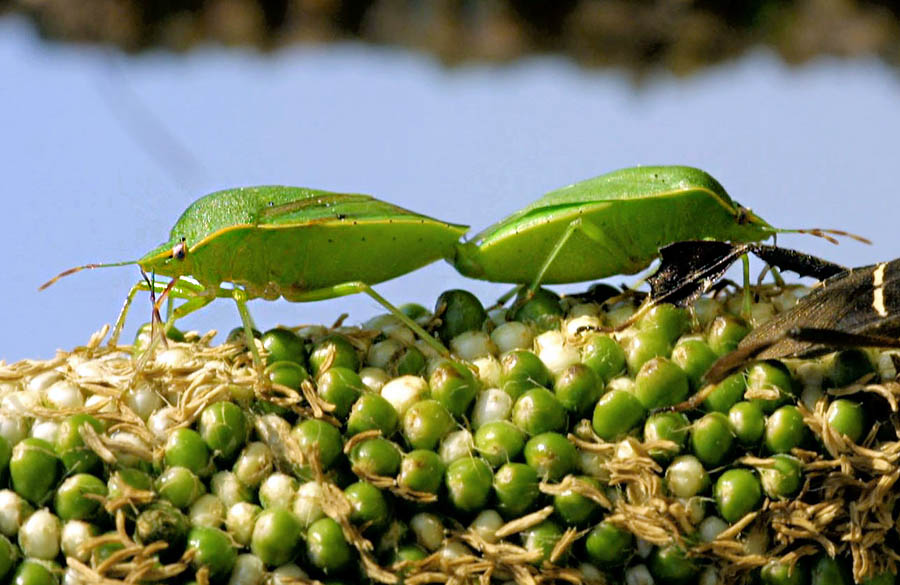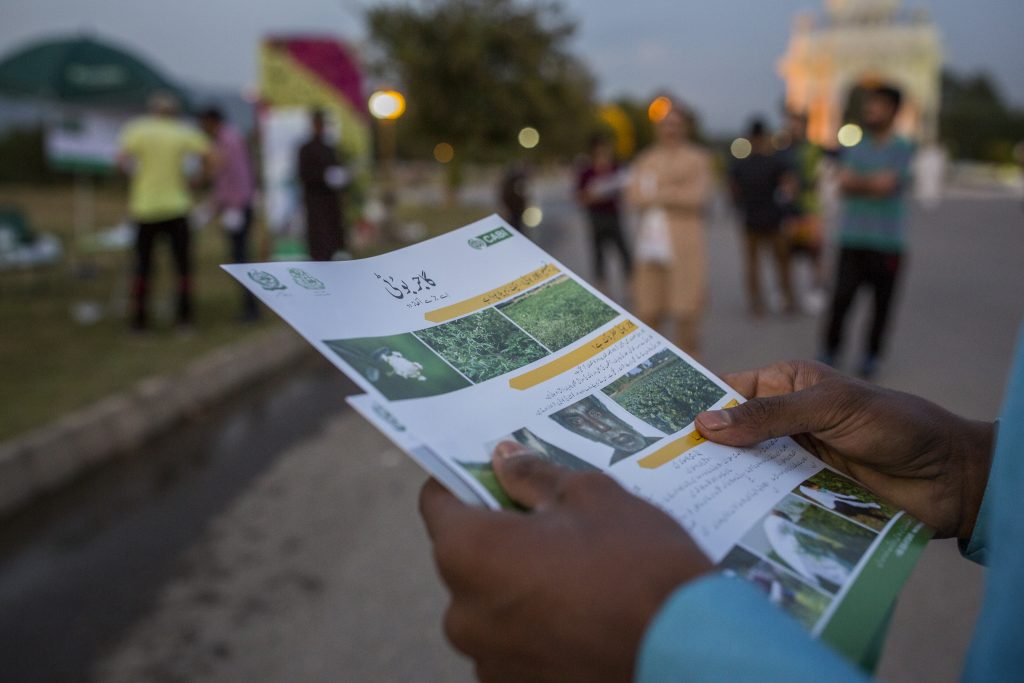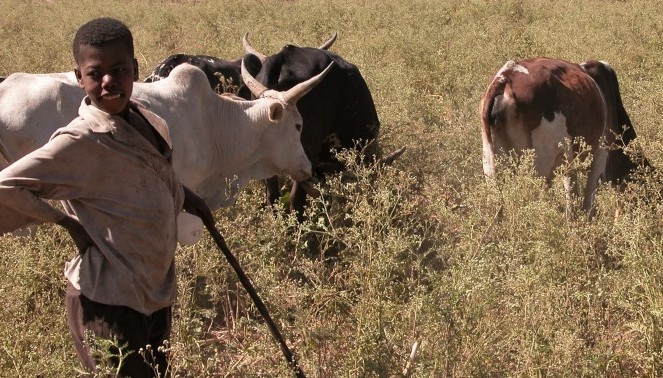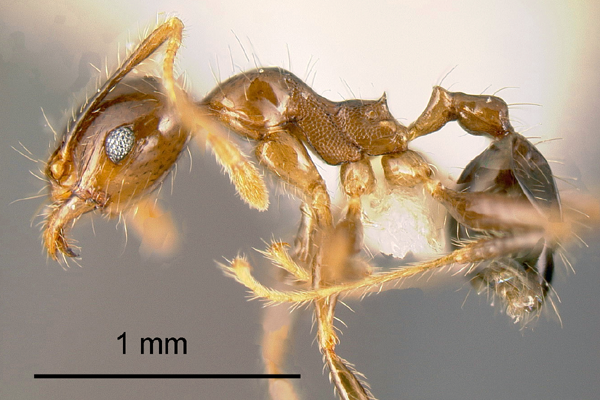Addressing the root of the problem — why plant health and evidenced-based interventions matter to global development
by Duncan Barker (Research and Evidence Division, DFID) and Dr Roger Day (CABI). Reblogged from the DFID Research blog. Global agriculture faces a myriad of threats, of which one of the greatest is invasive species. With no native organisms to control them, invasive species such as plant pests and diseases spread out of control, damaging crops and…
Action on Invasives short course on classical weed biological control
Invasive species pose a serious threat to food security, biodiversity, water resources, human and animal health, and economic development. It is widely acknowledged that integrated control is the most effective strategy in managing invasive plants where it involves the use of herbicides, manual or mechanical control, and biological control agents in an integrated way. Last…
New upgraded invasive species Horizon Scanning Tool launched
Last week CABI launched the full version of its invasive species Horizon Scanning Tool, a free and open access online resource available via the Invasive Species Compendium that helps users make decisions about invasive species and identify possible risks in countries, provinces and states.
Not Just Maize: Africa’s Fall Armyworm Crisis Threatens Sorghum, Other Crops, Too
By Sara Hendery. Reblogged from Entomology Today. Scientists from the International Crops Research Institute for the Semi-Arid Tropics (ICRISAT) in Niger say that 99 percent of the media and research coverage on the fall armyworm focuses on the invasive pest’s deadly threat to maize.
Parthenium awareness campaign reaches urban population in Islamabad
In Pakistan, the highly invasive weed Parthenium hysterophorus is not only a problem for rural areas, in fact it is of equal concern for urban residents as well. Known locally as ‘Gajar Booti’, Parthenium is a major pest of both cropped and non-cropped areas of Pakistan, causing severe economic, environmental, and health-related problems.
In the fight against Parthenium, make sure to “know your enemy”
Latest book in the CABI Invasive Series: Parthenium Weed Parthenium weed (Parthenium hysterophorus) is considered one of the worst weeds in the world. It has invaded and is widespread in about 48 countries in Africa, Asia and the South Pacific, and has the potential to spread to new countries in Africa, Asia and parts of…
World heritage site saved from invasive ant species
After years of effort, the invasive African big-headed ant (Pheidole megacephala) has successfully been eradicated from Lord Howe Island, an island off the coast of Australia, helping to protect this World Heritage site and its unique diversity of plants and animals.
Samurai wasp found in Europe – the end of the stink bug invasion?
CABI scientists have made the first discovery of the Asian samurai wasp Trissolcus japonicus – a natural enemy that kills the eggs of the the invasive fruit and nut pest brown marmorated stink bug (Halyomorpha halys) – in Europe. Judith Stahl and Dr Tim Haye led an international team of researchers, including those from the…
E-conference on responding to fall armyworm in Africa
Last week, the UN Sustainable Development Solutions Network’s Thematic Network on Sustainable Agriculture & Food Systems hosted an e-conference on the fall armyworm outbreak in Africa which brought together experts, stakeholders and other interested parties to discuss the challenges posed by fall armyworm and to evaluate the possible solutions.








